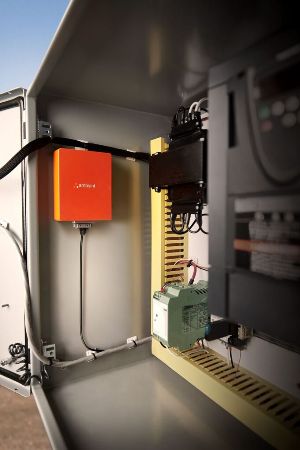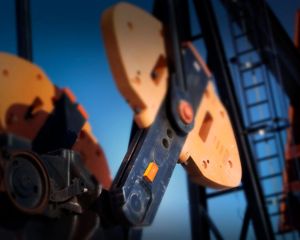Tumbling oil prices have held centre stage in the media this year with the barrel price dropping to an all-time low across North America and predictions showing no sign of any respite in 2016.
The dramatically changed landscape has accelerated a need for oil producers to rethink the future sustainability of their industry and find ways of achieving the levels of efficiency needed to be competitive in the current market and profitable into the future. In order to find the clearest path towards future-proof oil production, many are turning to technology for answers with aspirations towards maximising production, minimising downtime, streamlining operational efficiency and predicting and mitigating production and equipment failures, says Nav Dhunay, CEO at Ambyint.
The ability to optimise oil well performance is not something new to the industry. Established solutions have existed for several years, able to record a well’s performance data, analyse the data and provide intelligence which can be used to initiate efficiencies. These products however, were aimed squarely at the top tier, high performing wells as, with significant installation costs, they were simply uneconomical to apply to older or less prolific wells even though they make up around 80% of the overall market.
Big Data and connected devices have however started to be touted as potentially compelling solutions to the market crisis and those with the possibility of becoming a highly disruptive in the future of oil and gas extraction and production. In early 2014, myself and my engineering team, all of which had worked extensively in oil optimisation, got the first glimpse as to the power and potential of Big Data and Industrial Internet of Things (IIoT) for changing the business model within Oil and Gas altogether.
Through combining the latest developments in lightweight sensors, wireless communication and predictive data analytics, we believed there was potential to create an optimisation solution at a fraction of the cost, able to sit on every global oil well, both high-producing and low.
 The Ambyint solution consists of a discrete, monitoring sensor which is self installed on the pumpjack of any oil producing well. The device transmits data directly from the pumpjack, via Ambyint’s proprietary wireless network, to an analytics engine which is able to decipher real-time intelligence on a well’s performance and autonomously initiate continuous, micro-adjustments to the pump stroke itself, via motor-mounted control mechanisms, to maintain optimum efficiency. Well performance data is also relayed to well operators in real-time via a smartphone and web application.
The Ambyint solution consists of a discrete, monitoring sensor which is self installed on the pumpjack of any oil producing well. The device transmits data directly from the pumpjack, via Ambyint’s proprietary wireless network, to an analytics engine which is able to decipher real-time intelligence on a well’s performance and autonomously initiate continuous, micro-adjustments to the pump stroke itself, via motor-mounted control mechanisms, to maintain optimum efficiency. Well performance data is also relayed to well operators in real-time via a smartphone and web application.
In addition, the Ambyint sensor continuously monitors for indications of wear on machinery in order to preempt possible equipment failure, alerting operators of pending disruption and thereby minimising machine downtime and increasing site safety.
Enabling machines within the oil patch to become ‘smarter’ and transmit rich, insightful data presents numerous opportunities for oil producers to streamline operations. From autonomous optimisation of well assets, to timely alerts to producers that flag abnormal onsite activity, connected devices are beginning to pave the way for a next generation energy industry able to maintain sustainability and profitability in even the toughest markets.
The author of this blog is Nav Dhunay, CEO at Ambyint
Comment on this article below or via Twitter: @M2MNow OR @jcm2m










